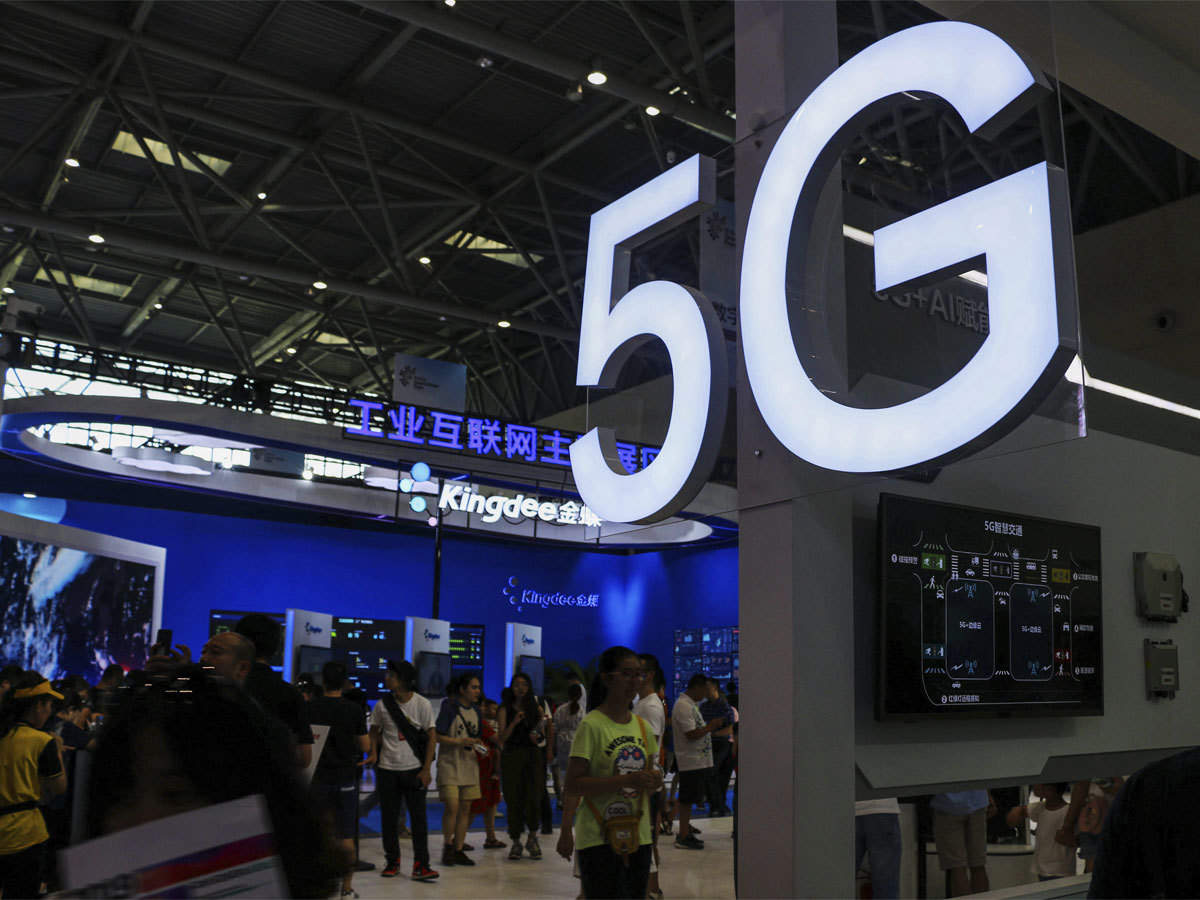By Mewati Sitaram
China’s 5G revolution is a testament to the country’s determination to lead the world in connectivity and innovation. Its ambitious infrastructure development, technological advancements, and robust ecosystem have propelled China to the forefront of 5G deployment. As China embraces the transformative potential of 5G, the country is poised to reshape industries, drive economic growth, and pave the way for a more connected and technologically advanced future. China is leveraging 5G technology across various sectors, utilizing its capabilities to drive innovation, enhance efficiency, and transform industries.
The city of Wuhan has implemented 5G technology in a factory owned by Wuhan Guide Infrared Co. Ltd. The factory uses 5G networks for real-time monitoring and control of production lines, enabling remote equipment diagnostics, predictive maintenance, and improved operational efficiency. Smart factories equipped with 5G networks enable real-time monitoring, remote control, and predictive maintenance of equipment. This enhances production efficiency, reduces downtime, and improves overall productivity.
Chinese tech giant Xiaomi has introduced a range of 5G-enabled smart home devices, including smart speakers, security cameras, and appliances. These devices can be seamlessly interconnected, allowing users to control and monitor their homes remotely through a unified platform.
Baidu, a prominent Chinese tech company, is utilizing 5G technology to advance its autonomous driving efforts. The company has established a 5G-powered vehicle-to-everything (V2X) communication system that enables real-time data exchange between vehicles, traffic infrastructure, and pedestrians, enhancing the safety and efficiency of autonomous vehicles on the road.
Chinese telecom operators, such as China Mobile, China Telecom, and China Unicom, have rolled out 5G networks across major cities in China. Users can experience ultra-fast download and upload speeds, seamless video streaming, and improved network stability, enhancing their mobile communication and internet browsing experiences.
China is using 5G technology to improve healthcare services, particularly in remote areas. For example, in Guangdong Province, a 5G-powered telemedicine platform has been implemented, allowing patients in remote regions to connect with doctors and receive medical consultations remotely, reducing the need for long-distance travel.
The city of Shenzhen in China has implemented 5G technology in its urban management systems. This includes smart traffic lights that use 5G connectivity to adjust traffic flow in real-time, optimizing traffic efficiency. Additionally, 5G-powered surveillance cameras enhance public safety by providing high-resolution video footage and intelligent video analytics capabilities.
During the COVID-19 pandemic, China utilized 5G technology to support remote learning. For instance, Tencent, a Chinese technology company, collaborated with educational institutions to provide 5G-powered online classrooms and virtual interactive learning experiences for students who were unable to attend physical classes.
China has witnessed the emergence of 5G-enabled entertainment experiences. For example, in the city of Beijing, China Unicom has launched a 5G-powered virtual reality theme park where visitors can enjoy immersive VR gaming, simulated experiences, and interactive entertainment content.
China has emerged as a global leader in the deployment and development of 5G technology. With its ambitious rollout plans, massive investments, and rapid adoption, China is spearheading the next generation of wireless connectivity.
China’s commitment to 5G is evident through its extensive infrastructure development. The country has swiftly constructed an extensive network of 5G base stations, covering both urban and rural areas. This massive infrastructure expansion has allowed China to achieve impressive 5G coverage and provide high-speed connectivity to millions of users.

Editor in Chief : Mewati SItaram











